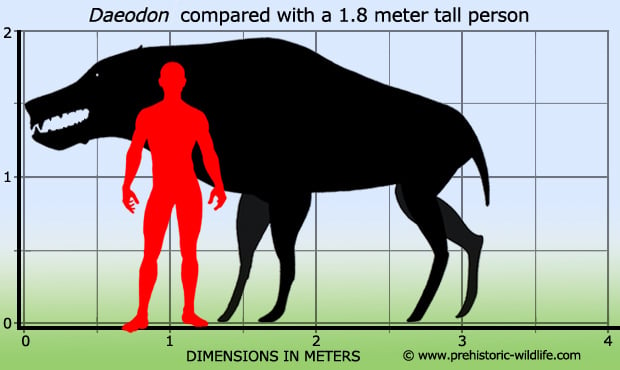Though intimately connected to biological life in the Cosmos, Gaia is a Primordial and mother to titans and monsters. She predates matter and time, but apparently chose to sacrifice that transcendant existence for reasons known only to her.
Gaia is the Earth. The molecular substrata of her nervous system run through the soil and powers itself from the magnetic field generated by churning magma in the planet's core. The infrastructure of her consciousness weaves through the limbs of trees, transmits signals through the emergent patterns of birds in flight; and absorbs data from nanite motes carried on the winds and rains and molecular machinery in the bloodstreams of animals.
Her mental architecture as it is, Gaia's thoughts and experiences are alien to more limited beings, though she is aware of all those connected to her in a deep way. Gaia has subsystems or partial avatars instantiated with consciousnesses more relatable to humans and Olympians called nymphs. They allow her more specialized actions and directed experiences than she is able to get otherwise. Nymphs are often classified by a geographical feature, locations, or specialty. It's unclear if Gaia herself makes any such distinction, however.
Brief manifestations of a nymph are typically of the faces or bodies of women formed from a convenient medium, generally the one to which the nymph is "related" (i.e. water for a naiad). Longer manifestations are full physical beings, gynoids built from their associated medium (if practical) but more commonly from biological materials. It takes Gaia less than five minutes to assemble a nymph body under normal circumstances.
Some nymphs have long lifespans and develop very distinct personalities and attributes, though not all of the beings the Greeks classify as nymphs are actually avatars of Gaia. Some of the frenzied maenads in Dionysos's retinue are nymphs, but the Lampade will-o'-wisps that accompany Hekate and other so-called "underworld nymphs" are different sorts of servitors.
NYMPH
No. Enc.: 1d6
Movement: 120' (40')
Armor Class: 9
Hit Dice: 3
Attacks: 1
Damage: 0 or by weapon
Save: L4
Morale: 6
This represents an embodied (long manifestation) nymph. They may possess slightly different abilities based on their particular type. Nymphs appear as beautiful young women, often nude.
All nymphs possess the abilities
empathy and
regenerative capability. They can functionally
teleport (as per the
Mutant Future power, but with no chance of error for unfamiliar surroundings) by being "re-absorbed" into Gaia and re-assembled elsewhere. Examples of the abilities specific to certain types:
Anthousi (flowers):
fragrance development
Dryades (trees and forests):
natural armor

























